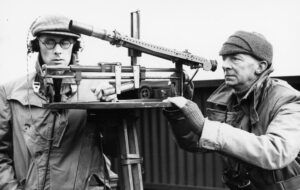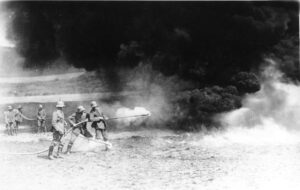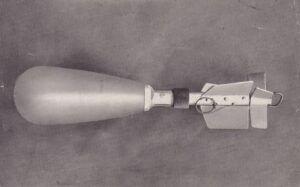What Is the Cooper Bomb and Who Designed and Produced It?
Cooper bombs were a type of aerial bomb used during World War I. They were named after their inventor, British engineer Albert Cooper. Cooper bombs were typically constructed from metal or wood and filled with explosive or incendiary material. They were manually released from aircraft to target enemy positions on the ground.
Armament Specifications
- Type: Aerial bomb
- Weight: Varies depending on size and payload, typically ranging from 10 to 50 kilograms (22 to 110 pounds)
- Payload: Explosive or incendiary material
- Fuse: Various types of fuses were used, including impact fuses and timed fuses, depending on the intended target and mission requirements.
Aircraft That Used This Armament
Numerous aircraft during World War I were equipped to carry and deploy Cooper bombs, including:
- Royal Aircraft Factory B.E.2: This British reconnaissance and light bomber aircraft was one of the early aircraft to be used for aerial bombing missions. It carried Cooper bombs to target enemy positions on the Western Front.
- Avro 504: A British biplane trainer aircraft, the Avro 504, was adapted for use as a light bomber during World War I. It was employed for bombing missions using Cooper bombs against German forces.
- Sopwith Camel: The Sopwith Camel, a famous British fighter aircraft of World War I, was occasionally utilized in ground attack roles, carrying Cooper bombs to strike enemy targets behind the front lines.
- Bristol F.2 Fighter: The Bristol F.2 Fighter, a British two-seat biplane fighter, was utilized by the Royal Flying Corps (RFC) for a variety of roles, including ground attack missions. Equipped with Cooper bombs, the Bristol F.2 Fighter was employed to strike enemy trenches, troop concentrations, and logistical targets behind the front lines.
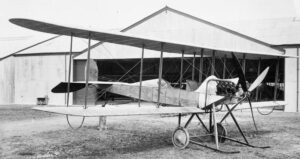
Royal Aircraft Factory B.E.1 And B.E.2
The Royal Aircraft Factory B.E.2 was a British single-engine, two-seat biplane designed by the Royal Aircraft Factory and used during WW1.

Avro 504
The Avro 504 is a British biplane aircraft used during and after the First World War (for almost twenty years!). It stopped production in 1932.
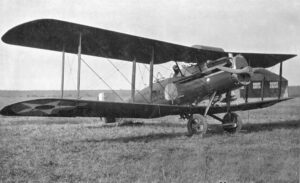
Bristol F.2 Fighter
The Bristol F.2 Fighter was a WWI British biplane aircraft used for fighting and reconnaissance and manufactured by Bristol Aeroplane Company.
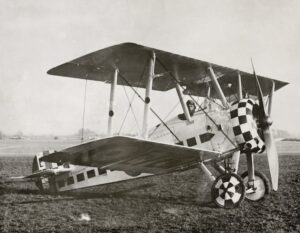
Sopwith Camel
The Sopwith Camel is a British WW1 single-seat biplane fighter that was used in the Western Front in 1917.
A Short History of the Cooper Bomb
Albert Cooper, an engineer, developed Cooper bombs during World War I to provide aircraft with a means of conducting aerial bombardment. These bombs were among the earliest types of aerial munitions used in warfare. They were initially simple in design, consisting of a casing filled with explosive material, but later variants incorporated additional features for improved effectiveness.
During World War I, Cooper bombs were employed by various air forces, including the Royal Flying Corps (RFC) and the Royal Naval Air Service (RNAS) of the United Kingdom, as well as by other Allied and Central Powers’ air units. They were used in aerial bombing missions against enemy trenches, artillery positions, supply depots, and infrastructure.


